Three-dimensional modeling in the modern world
Today I will tell you about what 3D modeling is, how it happens, where it is used and what it is eaten with. This article is primarily focused on those who have only vaguely heard what 3D-modeling is, or is just trying its hand at it. Therefore, I will explain the maximum "on the fingers."
I myself am a technical specialist and for more than 10 years I have been working with 3D models, I have worked in more than 10 different programs of various classes and purposes, as well as in various industries. In this regard, a certain helicopter view has accumulated on this industry, with which I wanted to share with you.
3D modeling has firmly entered our lives, partially or completely rebuilding some types of business. In each industry, in which 3D-modeling has brought its own changes, there are both specific standards and unspoken rules. But even within the same industry, the number of software packages is so numerous that it is very difficult for a beginner to figure out and orient where to begin. Therefore, to begin with, let's look at what kinds of 3D-modeling are and where they are applied.
There are 3 major industries that today can not be imagined without the use of three-dimensional models. It:
')
We are confronted with the first one almost every day. These are movies, animation and 90% of computer games. All virtual worlds and characters are created using the same principle - polygonal modeling .
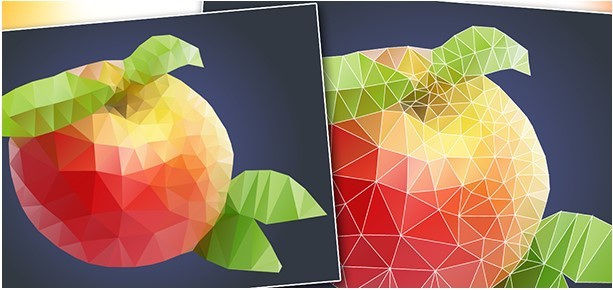

These triangles and quadrangles are called polygons.
The more polygons per model area, the more accurate the model. However, this does not mean that if the model contains few polygons (low poly), then this is a bad model, and the person does not have hands. It’s the same, you can’t say that if in the Over999999 polygon model (High poly), then this is cool. It all depends on the destination. If, for example, we are talking about massive multiplayer, imagine what your computer will be like when you need to process 200 characters around, if they are all high poly?
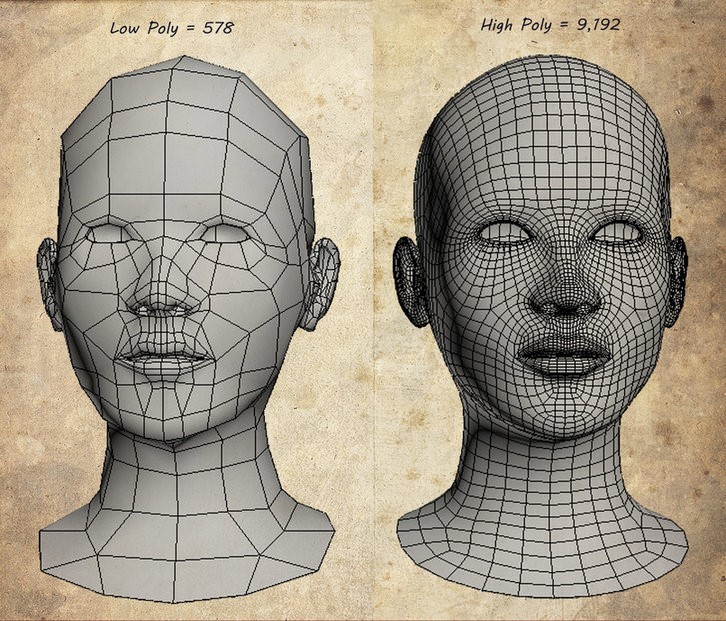
Polygonal modeling occurs by manipulating polygons in space. Extrusion, rotation, movement, etc.
A pioneer in this industry is Autodesk (known to many by its AutoCAD product, but more on that later).
Autodesk 3Ds Max products, and Autodesk Maya , have de facto become the industry standard. And my acquaintance with 3D models, being a 15-year-old teenager, I started exactly with 3Ds Max.
What do we get at the exit by making such a model? We get a visual IMAGE . Gamers sometimes say: “I fell through the textures” in the game. In fact, you fall through the polygons on which these textures are applied. And the fall into infinity happens just because there is nothing behind the image. Basically, the resulting images are used for RENDER (the final visualization of the image), in the game / in the film / for the picture on the desktop.
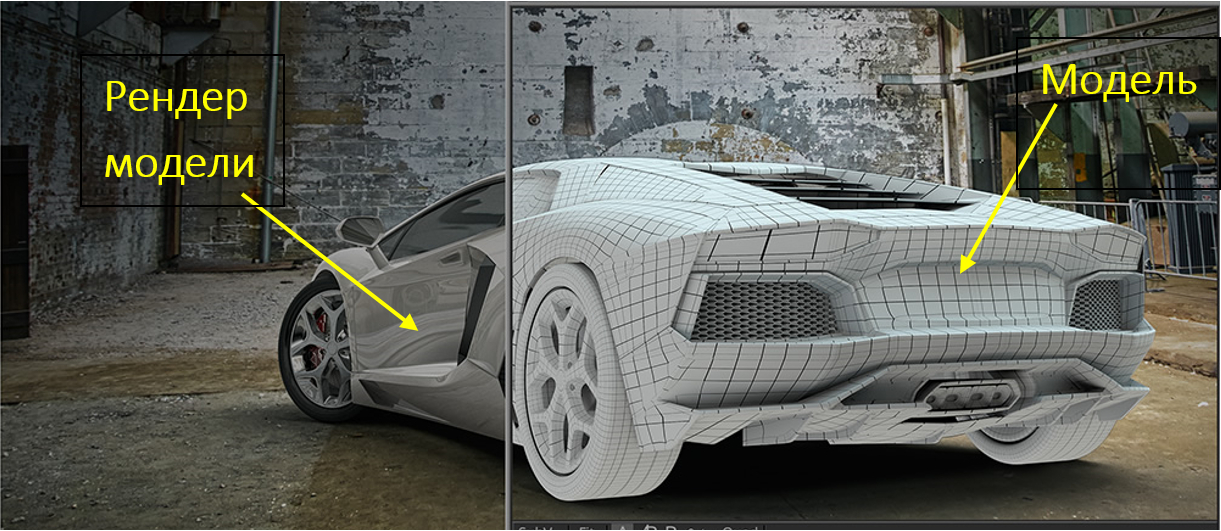
Actually, I once tried to “blind” something to make a cool render (then it was much more difficult).
Speaking of modeling. There is such a direction as 3D-sulpting. In fact, the same polygonal modeling, but aimed at creating mainly complex biological organisms. It uses other tools for manipulating polygons. The process itself is more like embossing than 3D modeling.
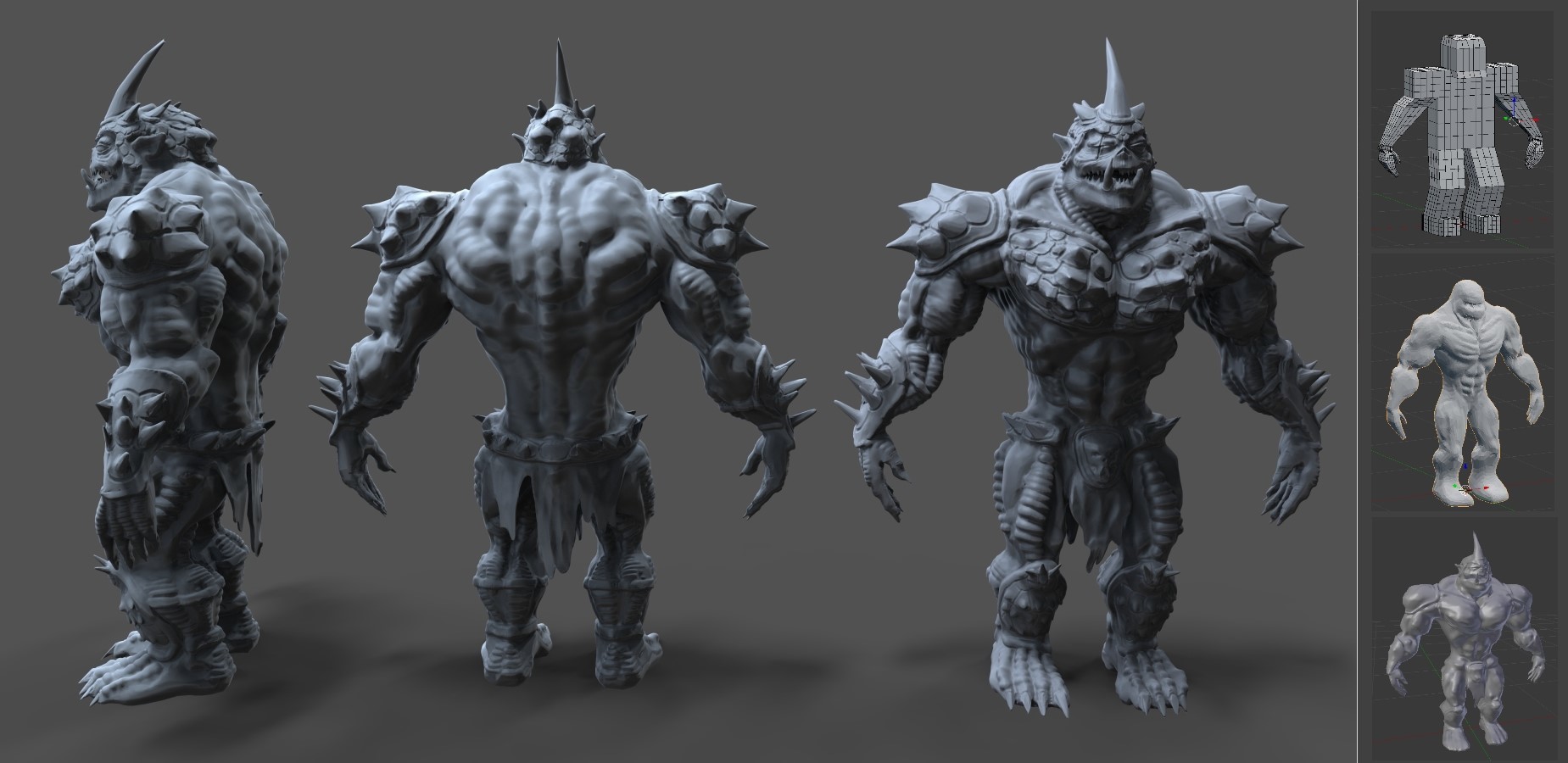
If a polygonal model is made in the form of a closed volume, such as the same sculptures, then thanks to modern 3D printing technology (which can live through almost any shape), they can be realized.
In fact, this is the only way for polygonal 3D models to be in the real world. From the above it can be concluded that polygonal modeling is needed exclusively for creative people (artists, designers, sculptors). But this is not unique. For example, another major area of application for 3D models is medicine , namely, surgery. You can grow bone prosthesis instead of fragmented. For example, the lower jaw for the bug.

I have no medical education and I have never modeled anything for medicine, but given the nature of the model’s forms, I am sure that it is polygon modeling that is used there. Medicine has now stepped very far, and as the following video shows, almost everything can be fixed for itself (there would be money).
Of course, using polygonal modeling, you can build all these reducing and reinforcing elements, but it is impossible to control the necessary gaps, sections, take into account the physical properties of the material and manufacturing technology (especially the shoulder joint). For such products, industrial design methods are used.
Correctly, they are called: CAD (Computer Aided Design) or English CAD (Computer-Aided Design) . This is a fundamentally different type of simulation. I have specialized in it for 8 years. And about him I will tell you in the future. How does this method differ from polygonal? The fact that there are no polygons. All forms are integral and are built on the principle of profile + direction.
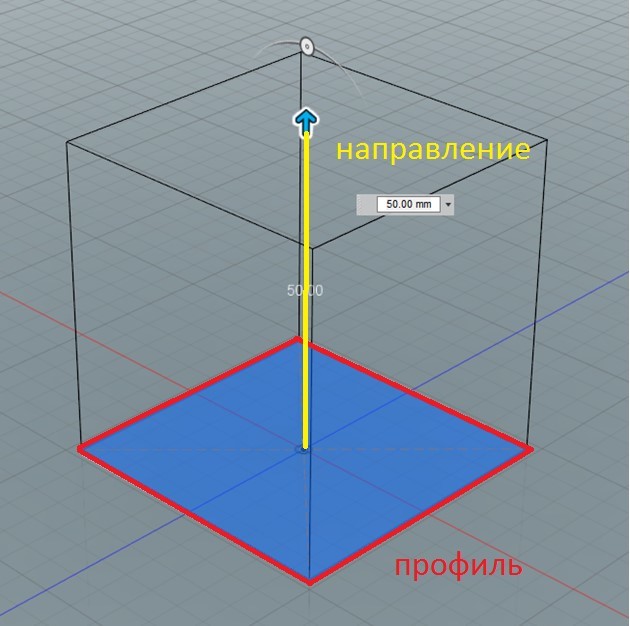
The basic type is solid modeling . From the name it can be understood that if we cut the body, inside it will not be empty. Solid modeling is in any CAD-system. It is great for designing frames, gears, engines, buildings, airplanes, cars, and everything that is produced by industrial production. But in it (unlike polygonal modeling) it is impossible to make a model of a package with products from a supermarket, a copy of a neighboring dog, or crumpled things on a chair.
The purpose of this method is to obtain not only a visual image, but also measurable and working information about the future product.
CAD is an exact tool and when working with CAD, you must first present the model topology in your head . This is an action algorithm that forms the shape of a model. Here, just in topology, it is possible to distinguish an experienced specialist from Krivorukov. Not always conceived topology and complexity of the form can be implemented in a solid body, and then an integral part of industrial design comes to our aid - surface modeling .
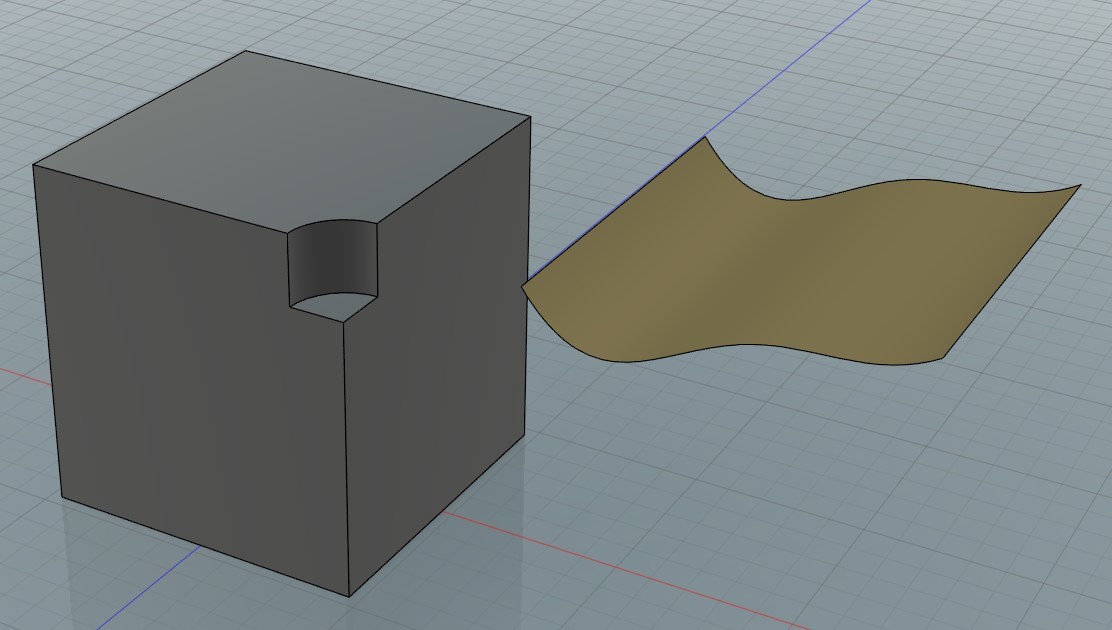
Topology in surfaces is 10 times more important than with solid modeling. Incorrect topology - model crash. (I remind you that this is a review article and for beginners, I do not describe the nuances here). Mastering the topology of surfaces at a high level, closes 70% of the issues in industrial modeling. But for this you need a lot and constantly practice. Ultimately, the surface is still closed in a solid model.
Over time, comes the understanding of the most convenient method for modeling a particular product. It is full of life hacks, and each specialist has his own.
IMPORTANT: using CAD without profile education is not productive! I myself have observed many times how creative people, or masters of all trades, tried to design. Yes, of course they were modeling something, but it was all a "spherical horse in a vacuum."
When modeling in CAD, in addition to topology, you must have design skills. Know the properties of materials and production technology. Without this, it is the same as to hammer nails into a pillow, or to vacuum with a vacuum cleaner.
In CAD, we get an electronic-geometric model of the product .
(I remind you that with polygonal modeling we get a visual image)
From it you can:
I think this is enough for you. We sorted out:
I hope you were interested!
I myself am a technical specialist and for more than 10 years I have been working with 3D models, I have worked in more than 10 different programs of various classes and purposes, as well as in various industries. In this regard, a certain helicopter view has accumulated on this industry, with which I wanted to share with you.
3D modeling has firmly entered our lives, partially or completely rebuilding some types of business. In each industry, in which 3D-modeling has brought its own changes, there are both specific standards and unspoken rules. But even within the same industry, the number of software packages is so numerous that it is very difficult for a beginner to figure out and orient where to begin. Therefore, to begin with, let's look at what kinds of 3D-modeling are and where they are applied.
There are 3 major industries that today can not be imagined without the use of three-dimensional models. It:
')
- Entertainment industry
- Medicine (surgery)
- Industry
We are confronted with the first one almost every day. These are movies, animation and 90% of computer games. All virtual worlds and characters are created using the same principle - polygonal modeling .


These triangles and quadrangles are called polygons.
The more polygons per model area, the more accurate the model. However, this does not mean that if the model contains few polygons (low poly), then this is a bad model, and the person does not have hands. It’s the same, you can’t say that if in the Over999999 polygon model (High poly), then this is cool. It all depends on the destination. If, for example, we are talking about massive multiplayer, imagine what your computer will be like when you need to process 200 characters around, if they are all high poly?

Polygonal modeling occurs by manipulating polygons in space. Extrusion, rotation, movement, etc.
A pioneer in this industry is Autodesk (known to many by its AutoCAD product, but more on that later).
Autodesk 3Ds Max products, and Autodesk Maya , have de facto become the industry standard. And my acquaintance with 3D models, being a 15-year-old teenager, I started exactly with 3Ds Max.
What do we get at the exit by making such a model? We get a visual IMAGE . Gamers sometimes say: “I fell through the textures” in the game. In fact, you fall through the polygons on which these textures are applied. And the fall into infinity happens just because there is nothing behind the image. Basically, the resulting images are used for RENDER (the final visualization of the image), in the game / in the film / for the picture on the desktop.

Actually, I once tried to “blind” something to make a cool render (then it was much more difficult).
Speaking of modeling. There is such a direction as 3D-sulpting. In fact, the same polygonal modeling, but aimed at creating mainly complex biological organisms. It uses other tools for manipulating polygons. The process itself is more like embossing than 3D modeling.

If a polygonal model is made in the form of a closed volume, such as the same sculptures, then thanks to modern 3D printing technology (which can live through almost any shape), they can be realized.
In fact, this is the only way for polygonal 3D models to be in the real world. From the above it can be concluded that polygonal modeling is needed exclusively for creative people (artists, designers, sculptors). But this is not unique. For example, another major area of application for 3D models is medicine , namely, surgery. You can grow bone prosthesis instead of fragmented. For example, the lower jaw for the bug.

I have no medical education and I have never modeled anything for medicine, but given the nature of the model’s forms, I am sure that it is polygon modeling that is used there. Medicine has now stepped very far, and as the following video shows, almost everything can be fixed for itself (there would be money).
Of course, using polygonal modeling, you can build all these reducing and reinforcing elements, but it is impossible to control the necessary gaps, sections, take into account the physical properties of the material and manufacturing technology (especially the shoulder joint). For such products, industrial design methods are used.
Correctly, they are called: CAD (Computer Aided Design) or English CAD (Computer-Aided Design) . This is a fundamentally different type of simulation. I have specialized in it for 8 years. And about him I will tell you in the future. How does this method differ from polygonal? The fact that there are no polygons. All forms are integral and are built on the principle of profile + direction.

The basic type is solid modeling . From the name it can be understood that if we cut the body, inside it will not be empty. Solid modeling is in any CAD-system. It is great for designing frames, gears, engines, buildings, airplanes, cars, and everything that is produced by industrial production. But in it (unlike polygonal modeling) it is impossible to make a model of a package with products from a supermarket, a copy of a neighboring dog, or crumpled things on a chair.
The purpose of this method is to obtain not only a visual image, but also measurable and working information about the future product.
CAD is an exact tool and when working with CAD, you must first present the model topology in your head . This is an action algorithm that forms the shape of a model. Here, just in topology, it is possible to distinguish an experienced specialist from Krivorukov. Not always conceived topology and complexity of the form can be implemented in a solid body, and then an integral part of industrial design comes to our aid - surface modeling .

Topology in surfaces is 10 times more important than with solid modeling. Incorrect topology - model crash. (I remind you that this is a review article and for beginners, I do not describe the nuances here). Mastering the topology of surfaces at a high level, closes 70% of the issues in industrial modeling. But for this you need a lot and constantly practice. Ultimately, the surface is still closed in a solid model.
Over time, comes the understanding of the most convenient method for modeling a particular product. It is full of life hacks, and each specialist has his own.
IMPORTANT: using CAD without profile education is not productive! I myself have observed many times how creative people, or masters of all trades, tried to design. Yes, of course they were modeling something, but it was all a "spherical horse in a vacuum."
When modeling in CAD, in addition to topology, you must have design skills. Know the properties of materials and production technology. Without this, it is the same as to hammer nails into a pillow, or to vacuum with a vacuum cleaner.
In CAD, we get an electronic-geometric model of the product .
(I remind you that with polygonal modeling we get a visual image)
From it you can:
- Make drawings
- On it you can write a program for CNC machines,
- It can be parameterized (this is when changing 1 parameter, you can change the model without alteration)
- You can carry out strength and other calculations.
- It can also be sent to 3D printing (and the quality will be better)
- Make a render.
I think this is enough for you. We sorted out:
- 2 main types of modeling.
- Disassembled industry application.
- Disassembled the capabilities of each method and its purpose.
- Disassembled the basic types of modeling in CAD and some nuances.
I hope you were interested!
Source: https://habr.com/ru/post/451266/
All Articles